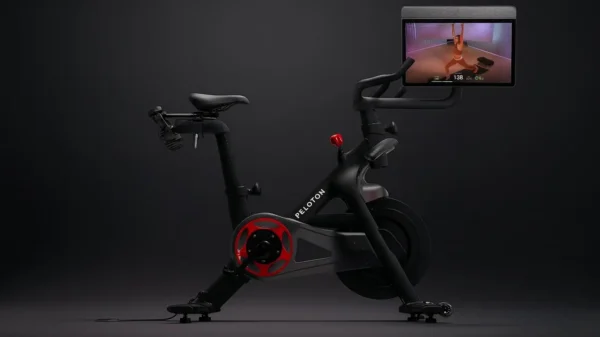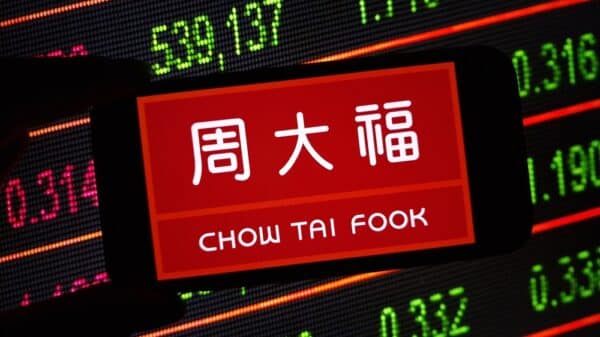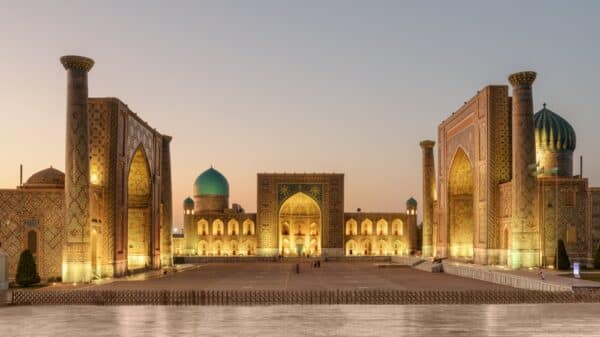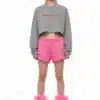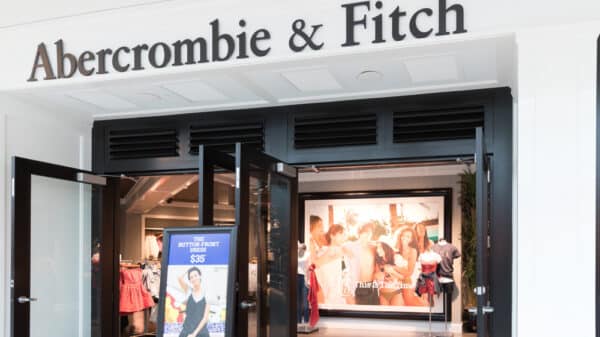The landscape of fashion has undergone a remarkable transformation in recent years, primarily due to digital technology. From the rise of online shopping to the influence of social media, the way we understand and engage with fashion has forever changed.
The Rise of E-Commerce in Fashion
One of the most significant shifts in the fashion industry has been the rapid growth of e-commerce. Consumers now prioritize convenience and immediacy in their shopping experiences. Major retailers have poured resources into their online platforms, offering tailored experiences that rival traditional brick-and-mortar stores. Innovations such as virtual fitting rooms and augmented reality apps are making it easier for customers to find the right fit, ultimately enhancing their online shopping experience.
Additionally, e-commerce has allowed brands to reach a global audience. Independent designers and small boutiques that once struggled to gain traction can now connect with customers around the world through digital marketplaces. This democratization of fashion emphasizes inclusivity and diversity, showcasing a broader range of styles and aesthetics than ever before.
The Impact of Social Media on Fashion Trends
Social media platforms have become powerful tools for shaping fashion trends and connecting brands with consumers. Influencers and fashion bloggers play a pivotal role in this ecosystem; their stylistic choices often dictate the latest trends. This has led to a more rapid cycle of trend creation and consumption, as users quickly adopt ideas seen on their feeds.
Moreover, platforms like Instagram and TikTok allow for visually engaging content that drives brand awareness. Fashion labels utilize these platforms to showcase their latest collections through eye-catching images and videos, creating a buzz around upcoming launches. This model not only amplifies brand visibility but also fosters a sense of community among fashion enthusiasts.
Sustainability and Ethical Fashion in the Digital Sphere
As digital advancements continue, so does the conversation surrounding sustainability in fashion. The rise of eco-conscious consumers has compelled brands to rethink their practices and prioritize ethical production methods. Online platforms also serve as a space for transparency, where brands can share their sustainability efforts and engage customers in meaningful ways.
Emerging technologies are aiding this movement by allowing for traceability in supply chains. Blockchain technology, for instance, enables consumers to track the origin of materials and the ethics involved in production processes. This increasing demand for transparency is reshaping consumer expectations and encouraging brands to adopt more sustainable practices.
The Future of Fashion: Integrating Technology and Creativity
Looking ahead, the fusion of technology and creativity holds immense potential for the future of fashion. Wearable technology is on the rise, seamlessly integrating functionality with fashion. Innovations like smart textiles and connected accessories are paving the way for a new era of stylish tech, appealing to consumers looking for both aesthetics and practicality.
Furthermore, advancements in artificial intelligence are enabling designers to create customized designs based on consumer preferences. The “slow fashion” movement, which encourages thoughtful consumption and timeless design, is also gaining traction as consumers prioritize quality over quantity.
Conclusion
The digital age is undeniably reshaping the fashion industry, changing the way brands and consumers interact. From the convenience of online shopping to the influence of social media and the push for sustainability, these elements are weaving together to create a vibrant and innovative fashion landscape. As we look to the future, the potential for technology and creativity to coexist will continue to redefine fashion in exciting ways. Whether you are a consumer or a creator, embracing these changes will be essential for thriving in this dynamic environment.



